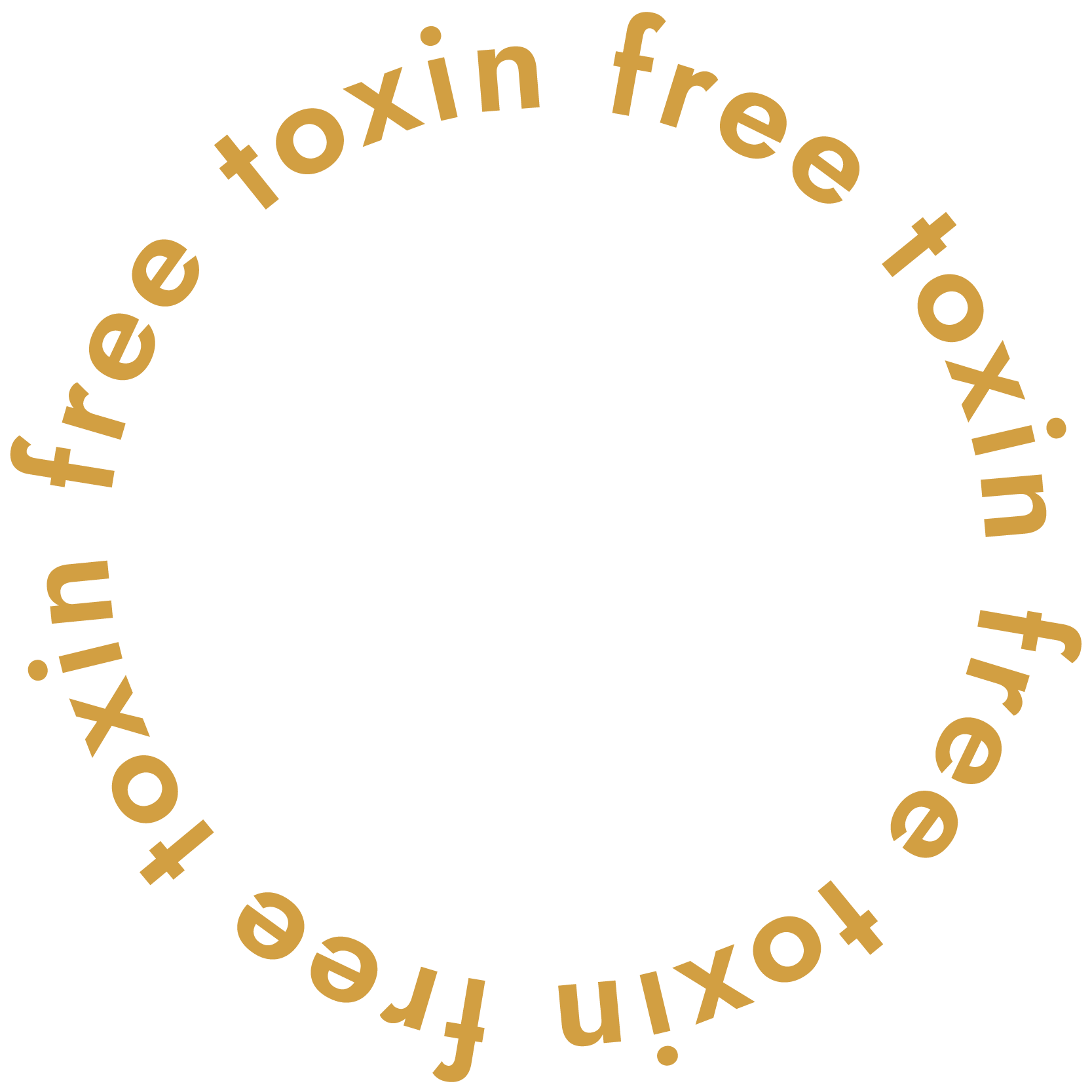Apple Podcasts | Spotify
With so many dentists peddling fluoride as a harmless option for your teeth, it can be difficult to parse out misinformation when it comes to dental health.
Let’s be clear—fluoride is always a no-go.
So what’s the alternative? Hydroxyapatite toothpaste.
But you have to use deliberate discretion while you shop because companies are being sneaky with a little prefix that changes everything—nano.
I will always sing the praises of Hydroxyapatite toothpaste. It’s a non-toxic alternative to fluoride toothpastes that effectively remineralizes your teeth!
But why is it an incredible alternative while nano-hydroxyapatite toothpaste is a huge no?
Today, I’m doing a deep dive to un-muddy the waters when it comes to your dental health. Join me, and I’ll share my favorite Hydroxyapatite toothpaste and provide specifics on what to avoid.
In this Episode, I Cover:
-
Why I recommend Hydroxyapatite toothpaste
-
The difference between Hydroxyapatite toothpaste and nano hydroxyapatite
-
Why you really should avoid nano hydroxyapatite
What is Hydroxyapatite?
It’s a chemical molecule that’s the primary building block for what our teeth are made out of. That’s why it works so well to remineralize your teeth!
It’s been compared to fluoride in multiple studies and has been found to be as effective or more effective than fluoride, but is completely non-toxic because it’s already found naturally in your body.
Why You Should Use Hydroxyapatite Over Fluoride
If you’ve listened to me for any amount of time, you’ll know that I recommend avoiding fluoride in your dental products, including your toothpaste. You also need a water filter that filters fluoride out of your drinking water.
The U.S. is one of the only countries in the world that fluoridates its water. It has significant health implications, including neurotoxicity, lowering of IQ, and thyroid issues.
In my opinion, there’s zero reason why anyone should have fluoride in anything they consume.
Cavities are NOT caused by a fluoride deficiency.
Not only does fluoride have all these issues that come with it, but hydroxyapatite is shown to work significantly better at remineralizing teeth and decreasing cavities, and it’s completely non-toxic.
Hydroxyapatite Toothpaste and Nano Hydroxyapatite
Mineral hydroxyapatite is fairly new to the U.S. market. It’s a mineral that actually remineralizes your teeth and is being touted as being better than fluoride. It’s growing in popularity, and more and more toothpastes are being made with this ingredient.
Companies using the natural mineral-based hydroxyapatite usually come from pharmaceutical-grade bone powder from cattle. The sizes you create when you use a natural mineral form of hydroxyapatite are usually between 50 and 70 micrometers in size. It’s too large to be absorbed in your body. It’s a tiny size, but it stays in your mouth and doesn’t move into your organs or bloodstream.
I use a Thieves whitening toothpaste with hydroxyapatite in it (use code SHAREYL to save 10%). The brands Risewell and Dr. Bright have become very popular. More brands are coming out with toothpaste using hydroxyapatite. In my opinion, that’s a good thing!
But there’s a caveat.
Some companies have recently come into the U.S. market selling products with nano-hydroxyapatite.
Nano hydroxyapatite – the size of those particles is in nanometers. A nanometer is 1,000x smaller than a micrometer. The problem with that size of particles is that it’s so tiny that the molecule can migrate throughout your body and get into the cellular structure of your cells. It’s not safe, but it’s also bioaccumulating in organs. It’s synthetically produced in a lab, not naturally derived like mineral hydroxyapatite.
There’s a lot of science concerned not only with the size of the nanoparticle, but also with its shape. A synthetically made nanoparticle is a spike shape, so it has a pointed edge. They think it increases their ability to move throughout their body.
I’m a hard NO when it comes to anything that’s a nanoparticle. It’s so tiny and can go anywhere in your body. We just don’t know the long-term effects of these particles, but more studies are coming out about the potential harm they can do to your body (linked below).
Stick With Mineral Hydroxyapatite Toothpaste
No study is conclusive, but there’s a HUGE body of evidence weighing against the use of nanoparticles and specifically nano hydroxyapatite.
You don’t need the nano version to have clean, white teeth. There are too many possible side effects for my liking. I’ll be sticking with my mineral hydroxyapatite.
Shop for toxin-free mineral hydroxyapatite toothpaste on the Toxin Free Shopping Guide.
IF YOU ENJOYED THIS WEEK’S EPISODE, PLEASE:
- Leave a positive review or rating wherever you listen
- Shop toxin-free products on my Toxin Free Shopping Guide
- Download your free Tossing the Toxins Guide
- Post a screenshot of what you loved, and tag me on Instagram @wendy_toxinfreeish
- Want to ask me a question to get answered on the podcast? Leave me a voice message here.
Resources:
- Study on nana HA and kidney function
- Study on genotoxic responses of blood cells
- European Union opinion on nano-HA
- Notice of EU ban on nano ingredients
Related Episodes:
Episode 75: Uncovering the Truth Behind RiseWell Toothpaste PFAS Allegations and Lawsuit
FAQs About Hydroxyapatite Toothpaste
Is hydroxyapatite toothpaste good for your teeth?
Yes, it has been shown to work as well as, or better than, fluoride toothpaste in whitening and remineralizing your teeth. Hydroxyapatite is a naturally occurring mineral and the main component of tooth enamel. In toothpaste, it helps remineralize enamel, reduce sensitivity, and prevent cavities.
What are the downsides of hydroxyapatite?
Hydroxyapatite doesn’t have as many decades of large-scale studies as fluoride does. It’s still being researched, but so far the results have been promising.
Hydroxyapatite toothpastes tend to be more expensive than regular fluoride ones. Fewer brands carry it, so selection can be limited, and you may have to order online rather than shop in-store.
Can I use hydroxyapatite toothpaste every day?
Yes. It’s safe for daily use, even for kids and people who are sensitive to fluoride. Since it’s non-toxic, there’s no risk if you accidentally swallow some. Many dentists recommend it as an alternative for patients who want fluoride-free protection.


+ show Comments
- Hide Comments